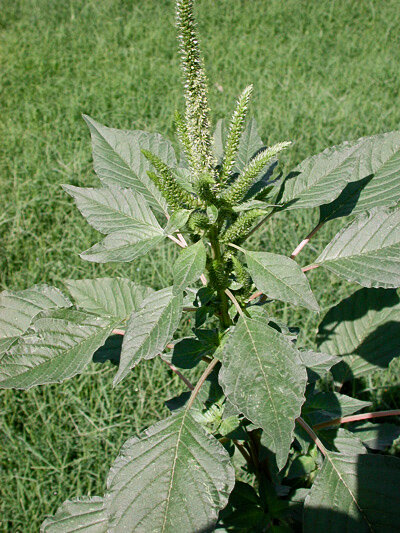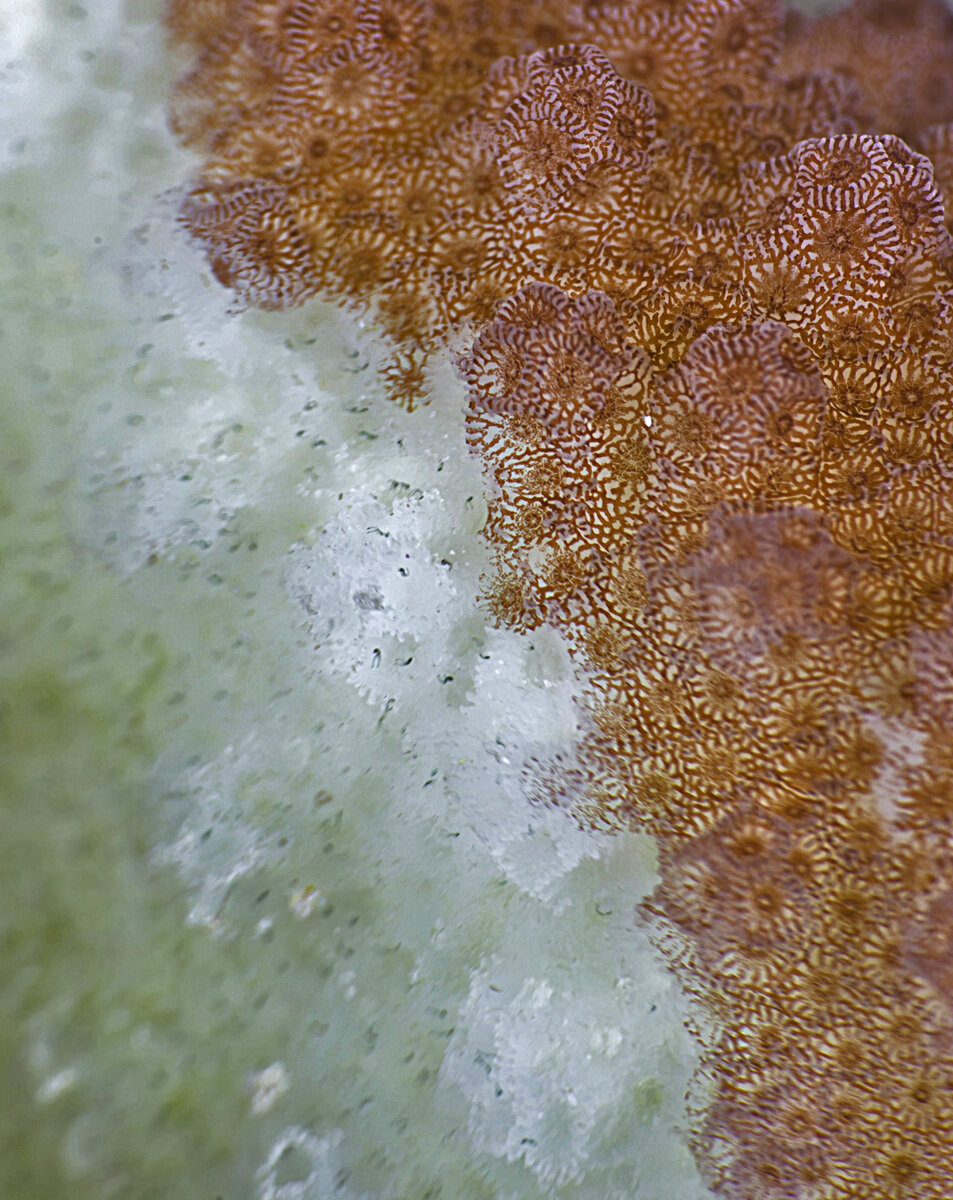#Research spotlights Minnesota’s successes in eradicating Palmer amaranth

“#Research spotlights Minnesota’s successes in eradicating Palmer amaranth”

Palmer amaranth is a hard-to-control noxious weed that can significantly reduce crop yields. It was first introduced in Minnesota in 2016 through contaminated seed mixes used for conservation plantings.
Fortunately, Minnesota regulators were prepared. They had already declared Palmer amaranth a prohibited noxious weed in 2015, and they quickly added the weed’s seed to their prohibited list by emergency order. As a result, they were able to take prompt action to identify and eradicate newly emerged infestations.
A research paper featured in the journal Weed Technology documents Minnesota’s experiences, including the timeline to eradication, best practices and lessons learned.
Of the sites sown with contaminated seed mixes, Palmer amaranth was found at eight. With intensive scouting, torching, prescribed burning and herbicide application in 2016 and 2017, those infestations were eradicated. Similar results were achieved in 2018, 2019 and 2020 when populations of Palmer amaranth were discovered at new locations across the state.
The authors point to several success factors, including broad cooperation among the commissioner of agriculture, legislative committees, commodity groups and farmers. Once an aggressive protocol to address Palmer amaranth was established, critical information could be quickly disseminated across the agricultural community and to the public. One example: When officials determined that manure from livestock could contain viable Palmer amaranth seeds, they were able to quickly share the information with growers and take steps to eliminate the risk.
“Establishing the appropriate regulatory framework, providing funding, fostering collaboration among partners and actively responding to new infestations have been critical to Minnesota’s success of combatting Palmer amaranth,” says Eric Yu, plant health specialist with the Minnesota Department of Agriculture.
Yu cautions, though, that lasting success will depend on regional cooperation among states to manage infestations and to address the many pathways that can contribute to Palmer amaranth’s spread.
The fight against Palmer amaranth, the herbicide-resistant soybean weed
Eric Yu et al, Timeline of Palmer amaranth (Amaranthus palmeri) invasion and eradication in Minnesota, Weed Technology (2021). DOI: 10.1017/wet.2021.32
Citation:
Research spotlights Minnesota’s successes in eradicating Palmer amaranth (2021, April 30)
retrieved 1 May 2021
from https://phys.org/news/2021-04-spotlights-minnesota-successes-eradicating-palmer.html
This document is subject to copyright. Apart from any fair dealing for the purpose of private study or research, no
part may be reproduced without the written permission. The content is provided for information purposes only.
If you liked the article, do not forget to share it with your friends. Follow us on Google News too, click on the star and choose us from your favorites.
For forums sites go to Forum.BuradaBiliyorum.Com
If you want to read more Like this articles, you can visit our Science category.




